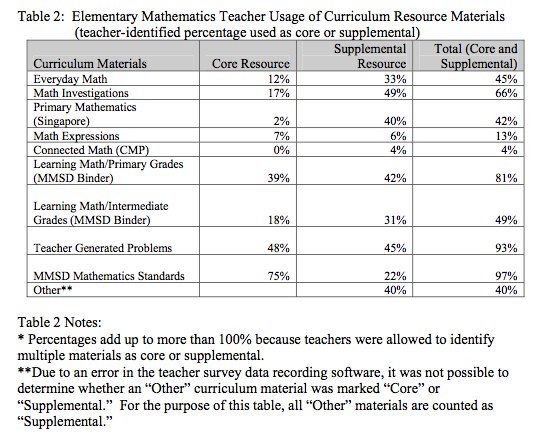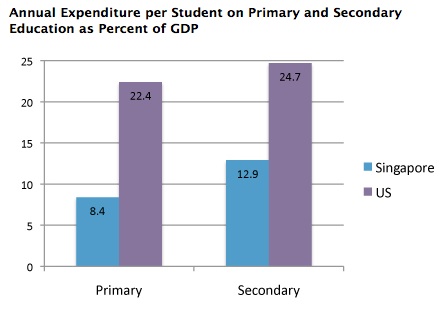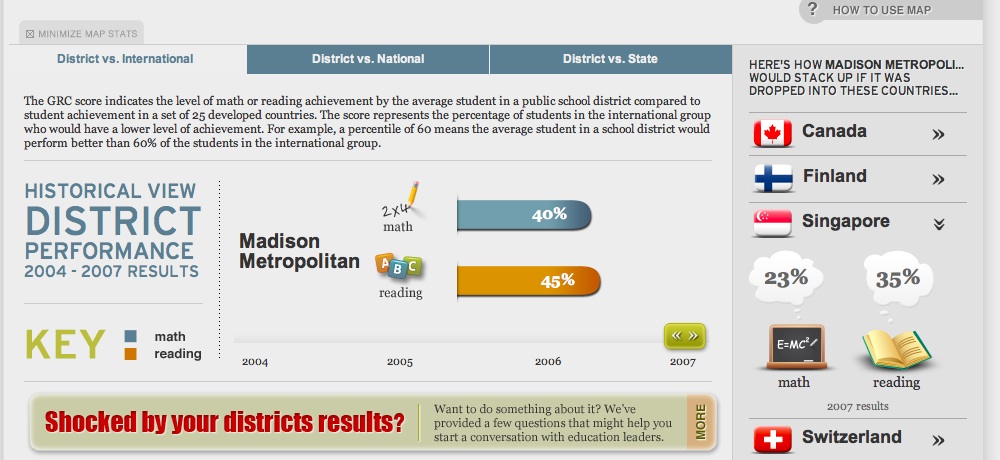The Madison School Board has scheduled [PDF] a 2:00p.m. meeting tomorrow, Sunday 30 September for an “Initial exchange of proposals and supporting rationale for such proposals in regard to collective bargaining negotiations regarding the Collective Bargaining Agreements (CBA) for MMSD Madison Teachers, Inc. (MTI) Teachers, Substitute Teachers, Educational Assistants, Supportive Educational Employees (SEE), and School Security Assistants (SSA), held as a public meeting pursuant to Wis. Stat. §111.70(4)(cm)”.
The School Board along with other Madison area governments have moved quickly to negotiate or extend agreements with several public sector unions after a judicial decision overturning parts of Wisconsin’s Act 10. The controversial passage of Act 10 changed the dynamic between public sector organizations and organized labor.
I’ve contemplated these events and thought back to a couple of first hand experiences:
In the first example, two Madison School District teacher positions were being reduced to one. Evidently, under the CBA, both had identical tenure so the choice was a coin toss. The far less qualified teacher “won”, while the other was laid off.
In the second example, a Madison School District teacher and parent lamented to me the poor teacher one of their children experienced (in the same District) and that “there is nothing that can be done about it”.
In the third example, a parent, after several years of their child’s “mediocre” reading and writing experiences asked that they be given the “best teacher”. The response was that they are “all good”. Maybe so.
Conversely, I’ve seen a number of teachers go far out of their way to help students learn, including extra time after school and rogue curricula such as phonics and Singapore Math.
I am unaware of the School Board meeting on a Sunday, on short notice, to address the District’s long time reading problems.
A bit of background:
Exhibit 1, written in 2005 illustrating the tyranny of low expectations” “When all third graders read at grade level or beyond by the end of the year, the achievement gap will be closed…and not before”.
Exhibit 2, 60% to 42%: Madison School District’s Reading Recovery Effectiveness Lags “National Average”: Administration seeks to continue its use.
Ripon Superintendent Richard Zimman’s 2009 Madison speech to the Madison Rotary Club is worth reading:
“Beware of legacy practices (most of what we do every day is the maintenance of the status quo), @12:40 minutes into the talk – the very public institutions intended for student learning has become focused instead on adult employment. I say that as an employee. Adult practices and attitudes have become embedded in organizational culture governed by strict regulations and union contracts that dictate most of what occurs inside schools today. Any impetus to change direction or structure is met with swift and stiff resistance. It’s as if we are stuck in a time warp keeping a 19th century school model on life support in an attempt to meet 21st century demands.” Zimman went on to discuss the Wisconsin DPI’s vigorous enforcement of teacher licensing practices and provided some unfortunate math & science teacher examples (including the “impossibility” of meeting the demand for such teachers (about 14 minutes)). He further cited exploding teacher salary, benefit and retiree costs eating instructional dollars (“Similar to GM”; “worry” about the children given this situation).
William Rowe has commented here frequently on the challenges of teacher evaluation schemes.
This being said, I do find it informative to observe the Board’s priorities in light of the District’s very serious reading problems.
This article is worth reading in light of local property taxes and spending priorities: The American Dream of upward mobility has been losing ground as the economy shifts. Without a college diploma, working hard is no longer enough.
Unlike his parents, John Sherry enrolled in college after graduating from high school in Grand Junction, a boom-bust, agriculture-and-energy outpost of 100,000 inhabitants on Colorado’s western edge. John lasted two years at Metropolitan State University in Denver before he dropped out, first to bag groceries at Safeway, later to teach preschool children, a job he still holds. He knew it was time to quit college when he failed statistics two semesters in a row. Years passed before John realized just how much the economic statistics were stacked against him, in a way they never were against his father.
Greg Sherry, who works for a railroad, is 58 and is chugging toward retirement with an $80,000-a-year salary, a full pension, and a promise of health coverage for life. John scrapes by on $11 an hour, with few health benefits. “I feel like I’m working really hard,” he says, “but I’m not getting ahead.”
This isn’t the lifestyle that John’s parents wished upon their younger child. But it reflects the state of upward–or downward–mobility in the American economy today.
Related: Wisconsin State Tax Based K-12 Spending Growth Far Exceeds University Funding.
TJ Mertz comments on collective bargaining, here and here.
Madison School Board Member Ed Hughes: Didn’t See That One Coming: How the Madison School Board Ended Up Back in Collective Bargaining.
The Capital Times: Should local governments negotiate with employees while the constitutionality of the collective bargaining law is being appealed?


